
views
- If your fridge has a dial thermostat, turn it to the “colder” setting or to a higher number to bring the temperature down.
- For a sliding gauge thermostat, push the slider to the right to make your fridge cooler.
- If your fridge has a digital display or keypad, press the “Temperature” button. Use the up and down arrow buttons to change the temperature.
- Keep your fridge below 40 °F (4 °C) and your freezer around 0 °F (−18 °C).
How to Adjust Your Fridge Thermostat
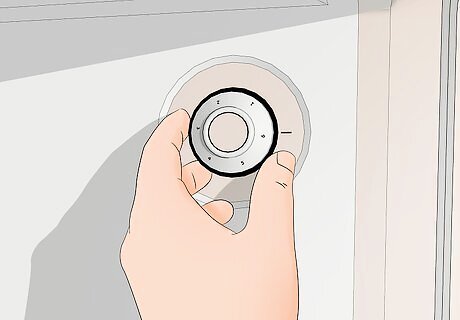
Turn a thermostat dial to a higher number to lower the temp. Find the temperature dial inside your fridge on the top or side. Start with a setting in the middle of the range since that’s usually what manufacturers recommend. If you need to turn the temperature a little warmer, spin the dial to the left instead. The temperature dial may have a range of numbers from 1–5 or 1–10, or it may simply be a range from “cold” to “coldest.” While the highest number on a dial is usually the coldest setting, double-check your fridge’s manual to be sure since the settings can vary between brands and models.
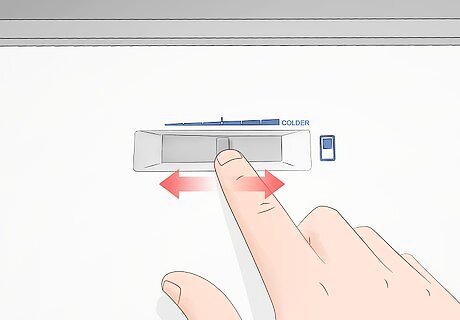
Push a sliding temperature gauge to the right for a colder fridge. Look for a horizontal sliding gauge at the top of your fridge’s interior near the hinges. Use your finger to push the slider to change the temperature. Typically, moving the slider to the right will make your fridge colder, and pushing it to the left will raise the temperature. Most fridges have “warm” and “cold” labels on the ends of the sliding gauge so you know which way to move it. Look for a small tick mark in the middle of the sliding gauge since that’s usually the recommended temperature setting for the fridge.
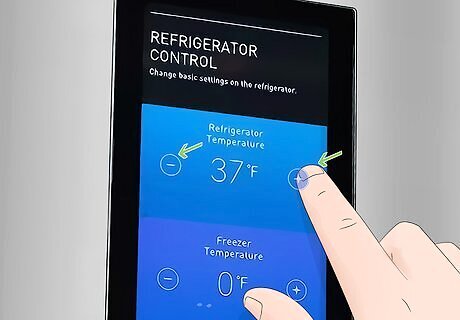
Use the arrow keys to adjust the temperature on a digital keypad. The keypad may be on the front of your fridge near an ice dispenser or on the inner edge of the fridge door. Try using the arrow or “+” and “-” buttons to adjust the temperature until it’s the temperature you want. If that doesn’t work right away, look for a button that says “Temperature” and hold it down for a few seconds until the display changes. Then, you should be able to make your adjustments with the arrow buttons. Check your fridge’s manual if you’re having trouble changing the temperature since there may be a specific sequence of buttons you need to press for the thermostat controls.
Ideal Fridge Temperature
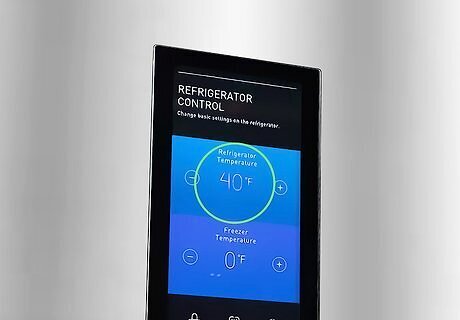
Set your fridge to a temperature below 40 °F (4 °C). Any temperatures lower than 40 °F (4 °C) will prevent your food from warming up and spoiling prematurely. Typically, temperatures between 35–38 °F (2–3 °C) will prevent food in your fridge from freezing, but keep your food cold enough so bacteria doesn’t form. Gary Hedstrom Gary Hedstrom, Home Improvement Expert Most refrigerators have temperature controls located outside on the unit or inside on the wall liner. Check your owner's manual if you're unsure. The ideal fridge temp is 37°F. Freezers work best at 0°F. If your fridge or freezer feels too warm, adjust the control knob clockwise in small increments, waiting 24 hours between adjustments to allow the temperature change to stabilize.
Measuring Refrigerator Temperature
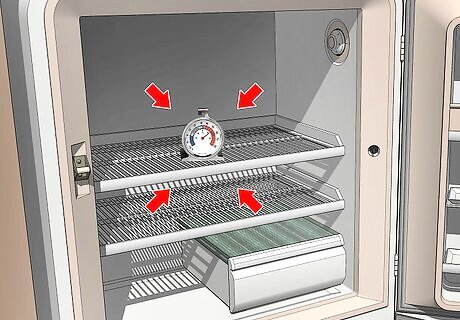
Place a fridge thermometer on the middle shelf. Try to center the thermometer in the refrigerator as much as possible since that’s where you’ll get the most accurate reading. Some fridge thermometers are free-standing, while others you can hang from the shelf. If you're using a stick-shaped thermometer, keep it in your fridge submerged in a glass of water. The warmest spot in your fridge is usually closer to the door, so it’s also a good alternative place to put your thermometer.
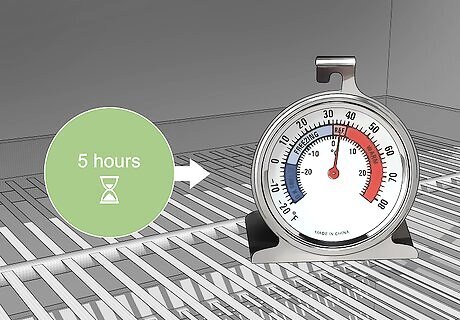
Check the temperature after 5–8 hours. Your thermometer needs a little bit of time to adjust to the proper reading for your fridge. Try to keep the door closed as much as possible so the temperature stays consistent. Once enough time passes, check the reading on your thermometer to get an idea of your fridge’s average temperature. If you adjust your fridge temperature, it may take a full 24 hours to fully adjust. Check the thermometer again the next day to see if there are any changes. Check up your fridge thermometer about once a week to track any changes to the refrigerator temperature. It may take a full day to track any changes in temperature after you adjust your fridge thermostat.
Ideal Freezer Temperature

Keep your freezer at 0 °F (−18 °C) or colder. Your food will stay fresher for longer when you maintain a low temperature in your freezer. As long as you keep your food in your freezer sealed in air-tight containers, you can prevent freezer burn that gives your food a stale flavor.
Keeping Your Fridge Cold
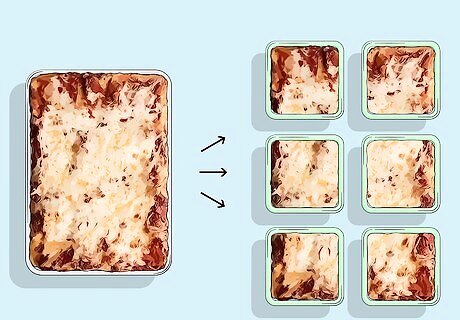
Divide large portions of hot food into smaller containers to store. When you put large portions of hot food in your fridge, it could raise the temperature inside or cause the food to cool unevenly. Use shallow, air-tight containers to split up the portions so they’re less likely to affect your fridge’s temperature. You can leave your food out to cool, but move it into your fridge within 2 hours since it may reach unsafe temperatures and develop bacteria. If you want to quickly cool food before putting it away, put it in a container and chill it in cold water or an ice bath.

Keep your fridge full, but not cramped. Your fridge can maintain a better temperature when there’s more food inside, but be careful not to block the air vents. Leave about 1 inch (2.5 cm) of space between the items in your fridge so cold air can circulate between them and evenly cool the inside.

Leave the fridge door closed as much as you can. Every time you open your fridge or freezer, cold air will escape and possibly make your food warm up. Try to be quick every time you need to grab something out of your fridge rather than keeping the door open to look for something to eat.
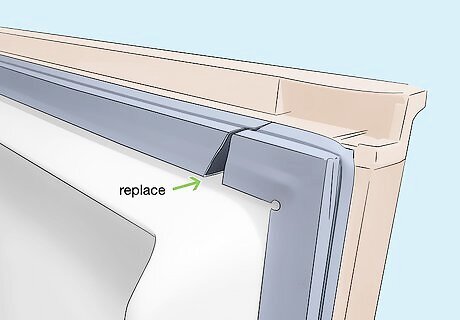
Replace the door seals if they’re cracked or worn out. The door seals are the long rubber strips along the edges of your door that prevent cold air from escaping. If you feel cold air around the outside of your fridge door or see any visible damage, replace the seal with a new one to stop your fridge from running constantly or warming up. You can test if a fridge door seal is tight by closing a door on the dollar bill. If there’s resistance when you try pulling the dollar bill out, your seal is still intact. If it slides out easily, then it’s time to replace them.
















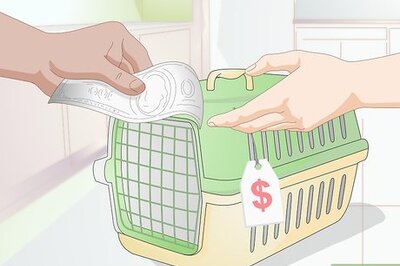
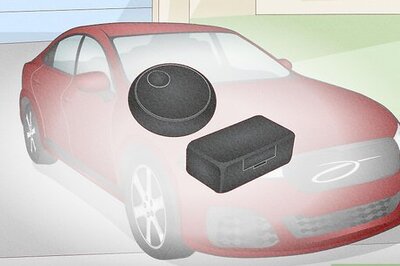


Comments
0 comment